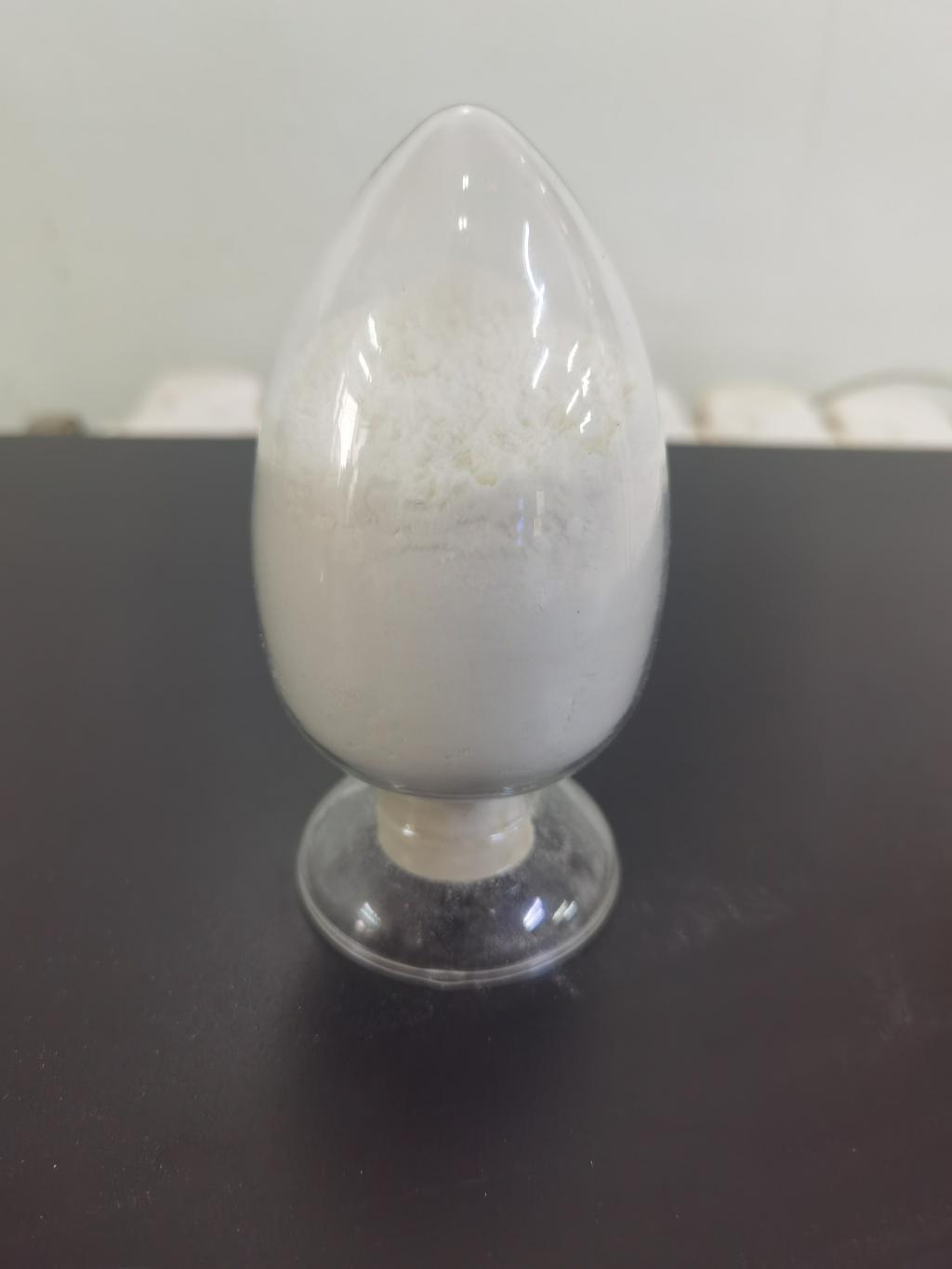Tel:0086 18231198596

News
Unveiling the potential of ε-Polylysine hydrochloride in extending the cosmetic products.
TIME:2024-04-22
However, the use of traditional preservatives, such as parabens and formaldehyde-releasing agents, has raised concerns among consumers regarding their safety and potential health effects. As a result, there is growing interest in natural and alternative preservatives that offer effective antimicrobial protection while meeting consumer preferences for clean and sustainable beauty products.
ε-Polylysine Hydrochloride: A Natural Antimicrobial Agent
ε-Polylysine hydrochloride is a naturally occurring antimicrobial peptide derived from microbial fermentation, notably from strains of Streptomyces albulus. It consists of multiple lysine residues linked together, forming a polycationic polymer with potent antimicrobial properties. ε-Polylysine hydrochloride is widely recognized as safe for use in cosmetics and food products by regulatory authorities worldwide.
The mechanism of action of ε-Polylysine hydrochloride involves disrupting microbial cell membranes, leading to leakage of cellular contents and inhibition of microbial growth. Its broad-spectrum antimicrobial activity makes it effective against a wide range of bacteria, yeasts, and molds, including those commonly found in cosmetic formulations.
Extending Shelf Life with ε-Polylysine Hydrochloride
The incorporation of ε-Polylysine hydrochloride into cosmetic formulations offers multiple benefits for extending shelf life and preserving product integrity:
Antimicrobial Protection: ε-Polylysine hydrochloride provides effective protection against microbial contamination, reducing the risk of spoilage and deterioration of cosmetic products. By inhibiting the growth of bacteria, yeasts, and molds, it helps maintain product freshness and safety throughout its shelf life.
Natural and Safe: As a natural antimicrobial agent, ε-Polylysine hydrochloride offers an attractive alternative to synthetic preservatives. Its safety profile and regulatory approval for cosmetic use make it suitable for clean beauty formulations and products targeting environmentally conscious consumers.
Stability and Compatibility: ε-Polylysine hydrochloride is stable under a wide range of pH and temperature conditions, making it compatible with various cosmetic formulations. It can be incorporated into creams, lotions, serums, masks, and other skincare and makeup products without compromising their sensory attributes or efficacy.
Extended Product Lifespan: By inhibiting microbial growth and oxidative processes, ε-Polylysine hydrochloride helps extend the shelf life of cosmetic products, reducing the need for frequent product turnover and minimizing product waste. This not only benefits manufacturers by optimizing inventory management but also enhances consumer satisfaction by ensuring product freshness and performance over time.
Application and Formulation Considerations
Incorporating ε-Polylysine hydrochloride into cosmetic formulations requires careful consideration of several factors:
Optimal Concentration: Determining the appropriate concentration of ε-Polylysine hydrochloride based on the specific microbial challenges and formulation characteristics is essential to ensure effective antimicrobial protection without compromising product stability or sensory attributes.
Compatibility Testing: Conducting compatibility testing to assess the interaction between ε-Polylysine hydrochloride and other ingredients in cosmetic formulations is crucial to avoid potential incompatibilities or formulation issues, such as phase separation or texture changes.
Packaging and Storage: Choosing appropriate packaging materials and storage conditions that minimize exposure to air, light, and moisture can help preserve the efficacy of ε-Polylysine hydrochloride and maintain product stability throughout its shelf life.
Regulatory Compliance: Ensuring compliance with regulatory requirements and labeling regulations for cosmetic ingredients, including ε-Polylysine hydrochloride, is essential to ensure product safety, legality, and consumer confidence.
Future Directions and Innovations
Future research and innovation in the field of ε-Polylysine hydrochloride in cosmetics are likely to focus on:
Enhanced Formulation Techniques: Developing advanced formulation techniques, such as microencapsulation or nanoemulsion technology, to improve the stability and efficacy of ε-Polylysine hydrochloride in cosmetic formulations.
Synergistic Combinations: Exploring synergistic combinations of ε-Polylysine hydrochloride with other natural antimicrobial agents or antioxidants to enhance preservation efficacy and broaden the spectrum of protection against microbial and oxidative stress.
Consumer Education: Educating consumers about the benefits of ε-Polylysine hydrochloride as a natural preservative and its role in maintaining product freshness and safety can help build trust and confidence in clean beauty products.
Sustainable Packaging Solutions: Integrating ε-Polylysine hydrochloride into sustainable packaging materials or developing eco-friendly packaging alternatives that align with the principles of circular economy and environmental sustainability.
Conclusion
In conclusion, ε-Polylysine hydrochloride holds significant promise for extending the shelf life of cosmetic products while meeting consumer demand for natural and safe preservative solutions. Its antimicrobial properties, compatibility with cosmetic formulations, and regulatory approval make it a valuable ingredient for clean beauty formulations. By leveraging the potential of ε-Polylysine hydrochloride and addressing formulation challenges, cosmetic manufacturers can enhance product stability, reduce waste, and meet the evolving needs of consumers in the global beauty market.

 CONTACT
CONTACT




